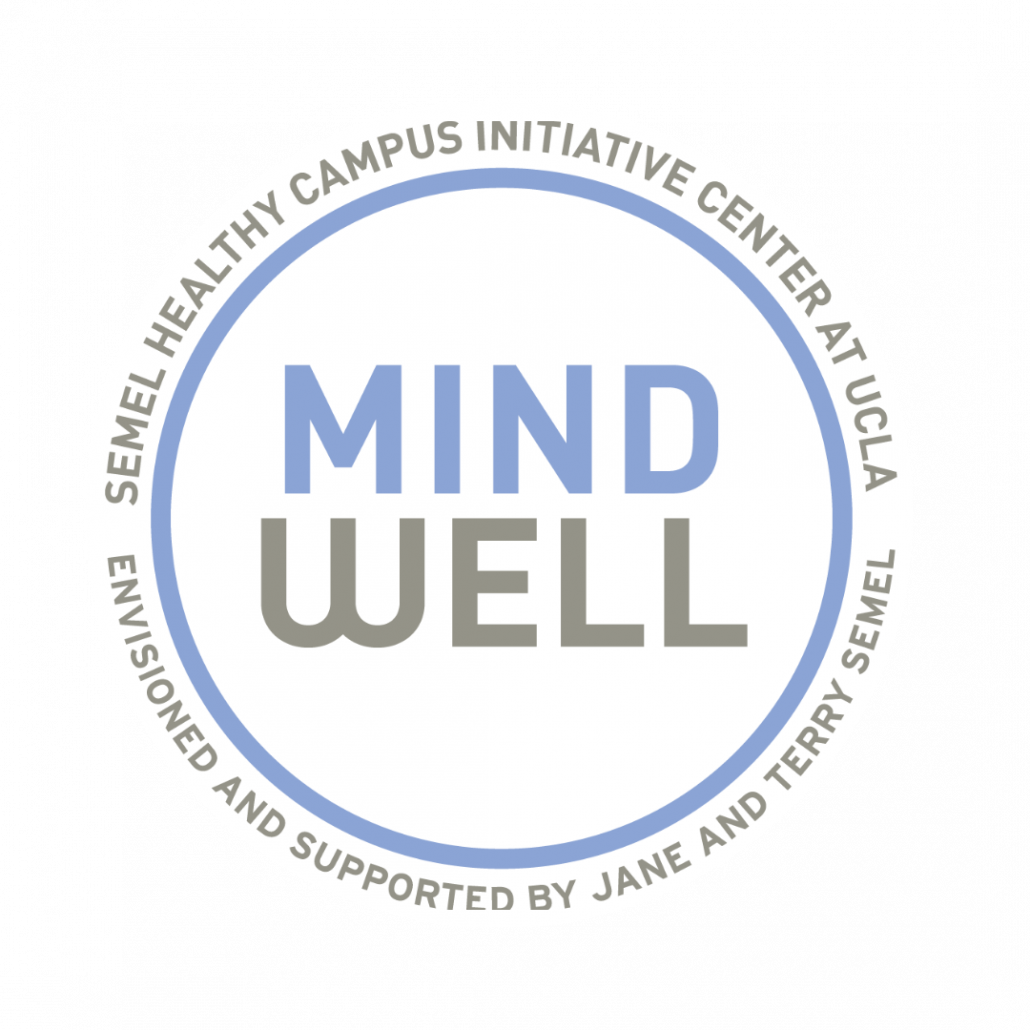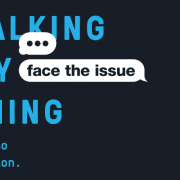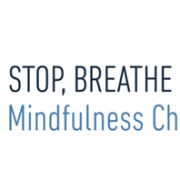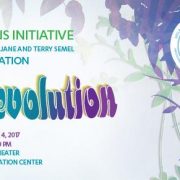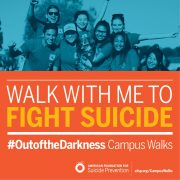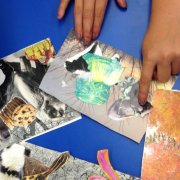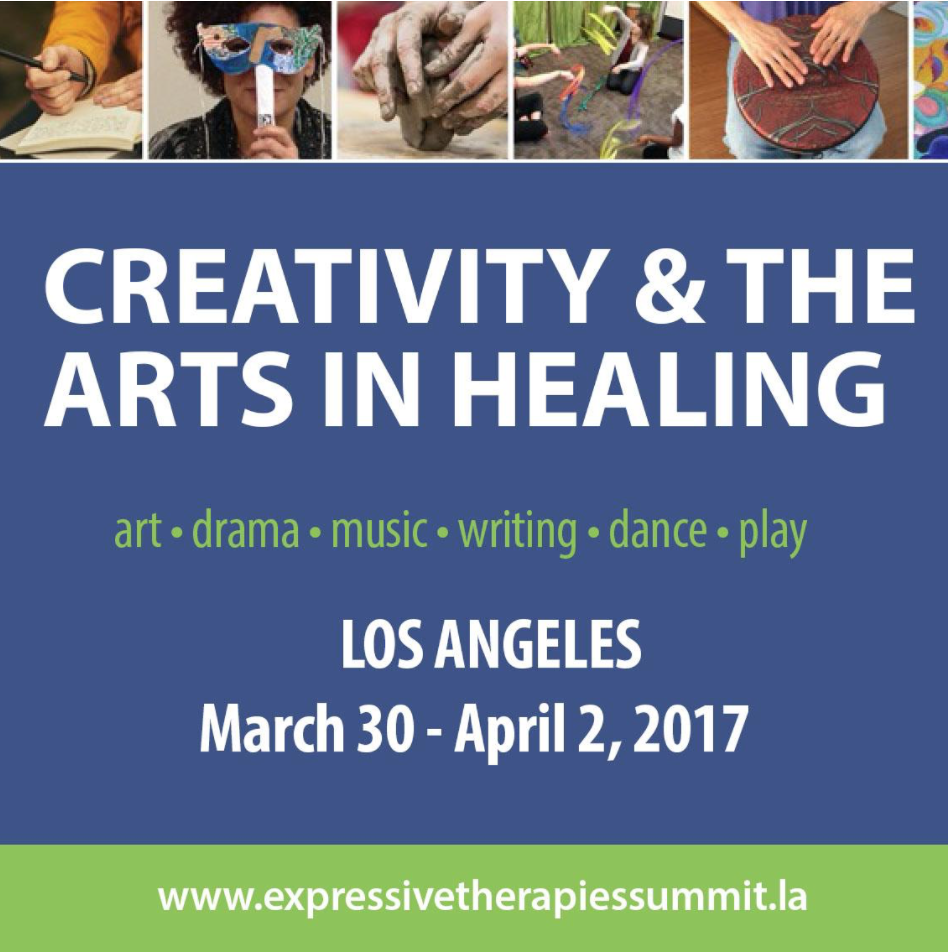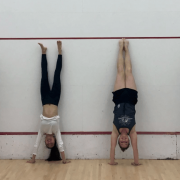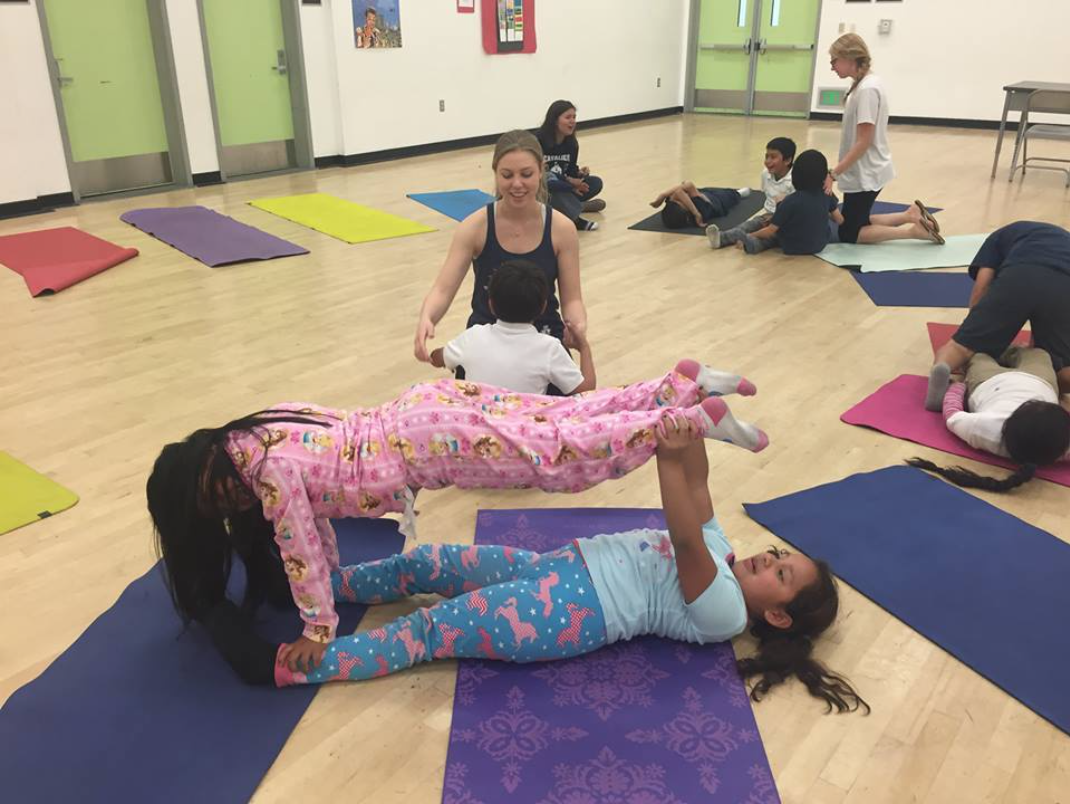Presence: In Life and on the Page
As you all may know, May is National Mental Health Awareness month, which aims to reduce the stigma surrounding mental illness and to spread awareness about the importance of maintaining our mental health. What have you been doing to celebrate? Maybe you tried your hand at meditation to find balance in the day-to-day struggles, or tried out a physical exercise, like yoga, for the first time? The possibilities are endless.
While those ideas might have popped into your mind when you read the words “mental health”, they aren’t the only ways to celebrate this month and delve into the world of mental health! Reading, for example, presents many benefits for the mind, like increasing one’s empathy and reducing stress. In fact, through bibliotherapy, doctors have discovered the wonderful effects reading has on reducing Anxiety and Depression. That’s one powerful packet of paper!
What To Read
In the spirit of National Mental Health Awareness month, and reading itself, I encourage you to pick up a book and see if you can discover some of the mental health benefits of reading for yourself. This may lead you to the question of ‘what ever shall I read?’ — but don’t worry, I’ve got you covered. My book recommendation is titled Presence: Bringing your Boldest Self to your Biggest Challenges, by Amy Cuddy, a social psychologist at Harvard University. This book is pure encouragement and inspiration, and while it is full tips and tools that everyone can learn from, it is far from a textbook.
Topics Tackled in Presence
You may have heard of Cuddy before, as her TED talk has been viewed more than 40 million times, making it the second most viewed TED talk ever. Her talk on Power Poses, body language, and building confidence is a glimpse into what she brings to the table with her book. Presence takes the saying “fake it ‘til you make it” and turns it into “fake it ‘til you become it,” through a body-mind connection. Simple adjustments to the body, like through power poses, actually make us feel more confident. Yeah that’s right, striking the classic superhero pose, with your hands on your hips and chin raised will actually make you feel that much closer to becoming Superman or Wonder Woman in your everyday life. It physically changes your Cortisol and Testosterone levels, which is how your body tricks your brain into making you feel more confident. Not a bad trick to have in your deck when preparing for that next exam, interview, presentation, or for any aspect of your life at all, like a day when you’re just feeling low.
The book also covers the topic of imposter syndrome, which many people, including Cuddy, suffer from. That feeling of not really belonging, that your achievements are not deserved, that you’re a fraud — yeah, there’s a name for it, and Cuddy explains how staying present in your life can combat those feelings. Cuddy’s book challenges the idea that there is just one definition or one way to be present in life, and definitions from people who were inspired by her TED talk are represented throughout, so maybe you’ll find one that you resonate with. The responses represent presence as a range of ideas, like the next five minutes, and finding your true self, and living with an open heart, so as long as you find out what being present means to you, you can use it to your advantage. This book emphasizes that being present in life doesn’t necessarily have to be centered around practicing meditation everyday or aligning your chakras, but that it is a way of showing your best, most authentic self to the world, and finding personal power. The book highlights the benefits of desiring “the power to [do something]”, rather than wanting “power over [someone]”, which shows how presence is all about internal growth and understanding.
Also, if you’re not convinced on the power of Presence yet, the book is a compilation of stories and life changing moments from people who were inspired by Cuddy’s story that wrote to her to let her know that being present had changed their lives. So, if you don’t believe me, maybe you’ll believe them. Presence is unique in that it combines informative annotations and biological explanations for why people feel the way they do when they use a power pose or practice staying present, but the examples are from people all over the world and range from landing the big job, to graduating college, to creating championship racing horses — yeah, it turns out power poses work on animals, too!
Try it Yourself
Wherever you are right now, stand up, place your hands on your hips, and and raise your chin with pride. Don’t worry about looking silly, just worry about how you feel. Do you feel happier, more confident, energized? If you’re not feeling it yet, try standing in front of a mirror — some power pose enthusiasts swear by it! One major take away from this book is that you can fake it ‘til you become it, and there’s no shame in that. We all have days when we feel anxious, nervous, or sad, but through presence we can practice showing our best selves to the world, even on days where we wake up feeling low. This ability is a tool we can all use to change our lives.
So, pick up a book in celebration of Mental Health Awareness month (especially if it’s this one!). If you’re celebrating in a different way, let us know how you chose to commemorate the month of May (by commenting below!). If you pick up a copy of Presence, let us know what you thought of it, or what your own definition of presence has become. Share the idea of power poses with all of those around you so that everyone can feel confident when they need it most, it’s an amazing way to impact the body-mind connection, and who doesn’t want to feel like a superhero for a few minutes? Through being present in our lives, we can all show our best selves to the world, or maybe even find ourselves to begin with. There are so many amazing opportunities waiting just around the corner, so “Starfish up!” and get out there!
Aubrey Freitas is an undergraduate student at UCLA double majoring in English Literature and Psychology with a minor in Italian. She is a blogger for the UCLA Healthy Campus Initiative in the Mind Well section, which focuses on the importance of mindfulness and mental health. Aubrey is the founder of the organization Warm Hearts to Warm Hands, which teaches the skill of knitting to people of the community in return for their donation of an article of clothing they create with the skill, to be given to local homeless shelters.
